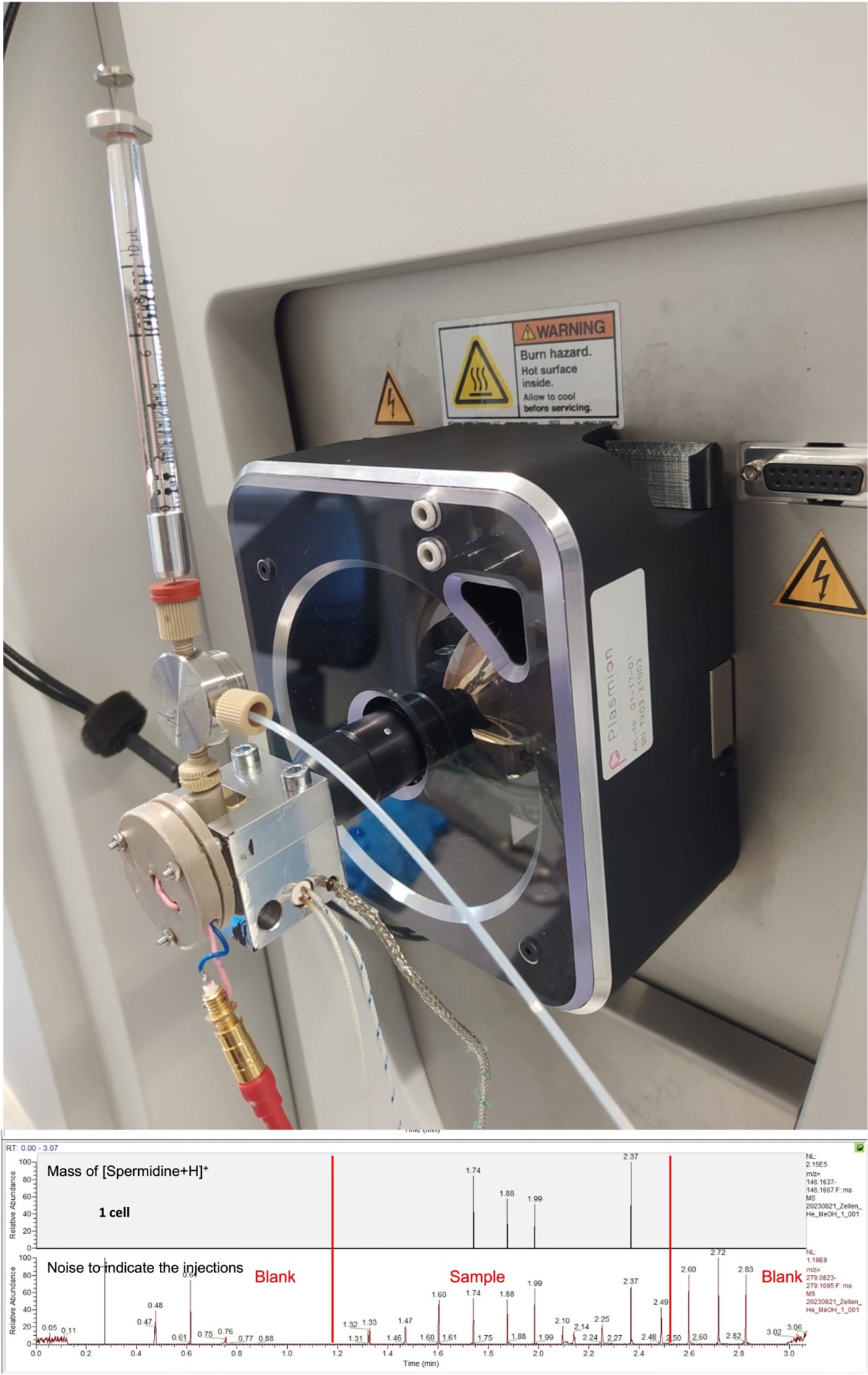Single Cell Analysis

Analyzing the metabolites in single cells is important for several reasons:
- Heterogeneity: Single cells within a population can exhibit significant heterogeneity in their metabolic profiles. Analyzing metabolites at the single-cell level allows for a more accurate understanding of this heterogeneity and its implications for cellular function and behavior.
- Disease and drug response: Metabolic changes at the single-cell level can provide insights into disease progression and response to therapeutic interventions. Understanding the metabolic profiles of individual cells can help identify disease-specific metabolic signatures and potential targets for drug development.
- Cellular function: Metabolites play a crucial role in regulating cellular function, including energy production, signaling, and biosynthesis. Analyzing metabolites at the single-cell level can provide valuable information about how individual cells regulate their metabolism to support specific functions.
- Biomarker discovery: Single-cell metabolite analysis can lead to the discovery of novel biomarkers for various diseases and conditions. These biomarkers can be used for early detection, diagnosis, and monitoring of disease progression.
- Systems biology: Integrating single-cell metabolite data with other omics data (such as genomics, transcriptomics, and proteomics) can provide a comprehensive understanding of cellular function and regulation within complex biological systems.
Overall, analyzing metabolites at the single-cell level is essential for gaining a deeper understanding of cellular metabolism, heterogeneity, and function, as well as for advancing personalized medicine and biomarker discovery.
But there are some challenges:
- Low picoliter volume of material available for analysis
- Rapid metabolome shift because of stress
- Large diversity in metabolite structures, and concentrations
- Cell extraction
- Co-detection of isomeric and isobaric species
- High limits of detection due to low ionization efficiencies of some metabolites
- Quantification and identification
- Sample throughput
We are developing a novel ion source based on ultrasonic nebulization and dielectric barrier discharge to solve these problems.

